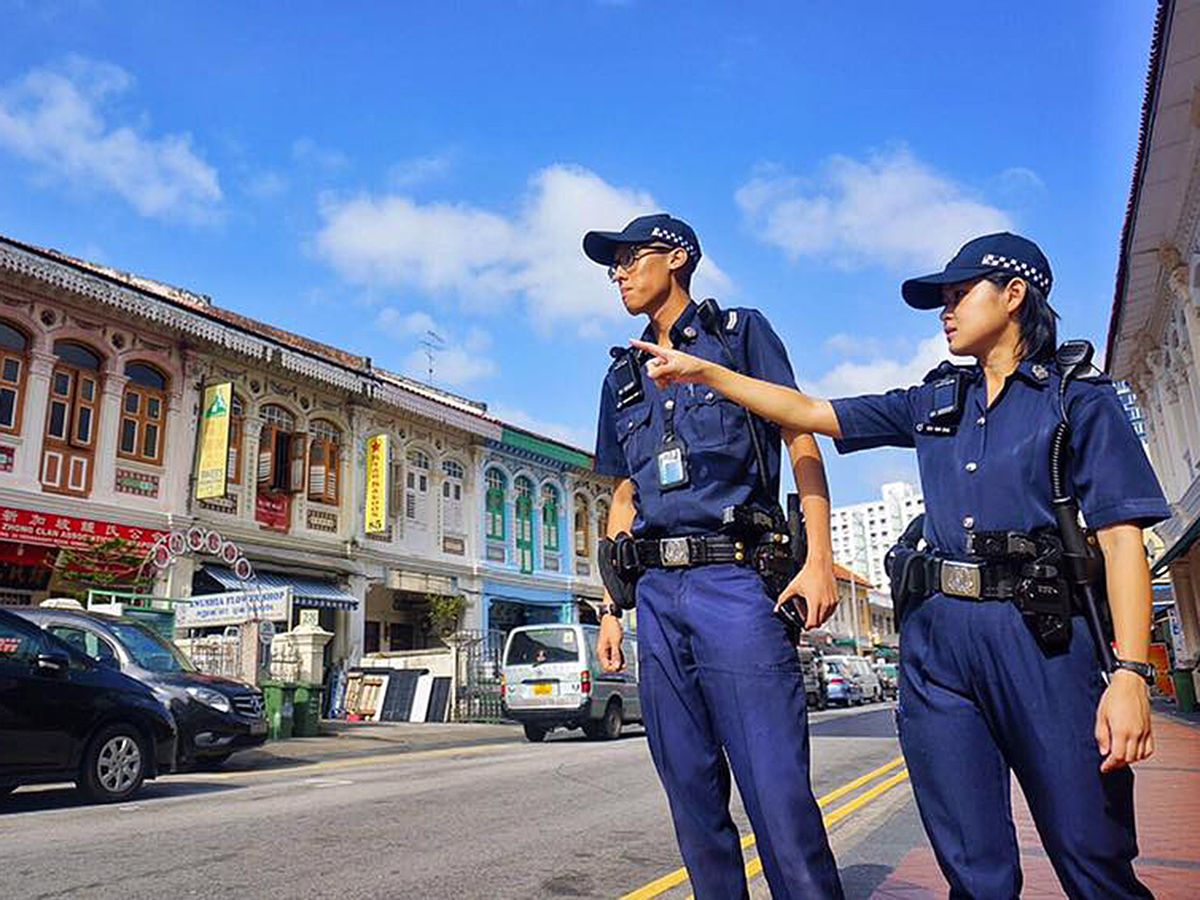More and more people are migrating to cities. By 2030, 60 percent of the world’s population will live in an urban setting, according to the United Nations. How can these growing cities reduce conflicts, crime, violence, and terrorism?
In a word: technology. Cameras, command centers, social media alerts, predictive algorithms, and other digital and mobile technologies are already improving public safety in some capital cities, says a new report from the Brookings Institution. It finds that some of the safest cities in the world have made it a priority to invest in digital infrastructure and to support communities and law enforcement with tech-based initiatives. The results of these actions not only save lives, but improve the city’s productivity and national competitiveness.
“Our hope is that people can see who the leading innovators are and draw lessons for their own cities,” said Darrel West, Vice President and Director of Governance Studies and the Founding Director of the Center for Technology Innovation at Brookings. West co-authored the study, “Benefits and Best Practices of Safe City Innovation,” with Daniel Bernstein, a science policy Fellow at the IDA Science and Technology Institute.
For their report, West and Bernstein chose 17 large and geographically diverse cities, mainly capital cities, from both developed and underdeveloped countries. They analyzed 24 indicators grouped into six categories: metro vision, digital infrastructure, public safety effectiveness, public safety adoption, use of data analytics, and community engagement. Awarding points for the indicators, the researchers tallied a score between 0 and 120 for each city.
Singapore, the independent island city-state that borders Malaysia, scored a perfect 120. Like other cities high on the list, it has spent billions on public safety technology, much of it supported by one of the fastest Internet networks in the world. According to Internet performance tester, Speedtest, Singapore provides its 5.5 million residents with mobile download speeds around 44 megabits per second (Mbps), with uploads rocketing to 17 Mbps. For comparison, Atlanta, Ga., the city with the fastest Internet speed in the United States, offers mobile downloads at about 30 Mbps, and mobile uploads hit nearly 12 Mbps.
Law enforcement, government agencies, and citizens use Singapore’s speedy network to combat crime and improve city services. For instance, the i-Witness crowdsourcing platform has a mobile app that lets citizens send the police anonymous information—texts, images, or videos—related to criminal activity. The OneService app gives citizens a way to report environmental or municipal issues as well as receive news about them.
Many of the public health and safety programs underway in Singapore arose from their Smart Nation initiative, launched in 2014, which draws technology-based solutions from the population at large and then experiments with them to test how well they work. And it’s paying off—according to the Safe Cities Index 2017 from The Economist Intelligence Unit, which analyzes criminal and terrorist activity in 60 cities around the world, Singapore is ranked number two, behind Tokyo.
“They devote a lot of effort to digital technology and try to implement the latest inventions,” said West.
In London, surveillance equals safety. With 420,000 closed-circuit television (CCTV) cameras installed around the city, London is second only to Beijing, which has 470,000. For comparison, Washington, D.C. has 30,000, the most of any U.S. city. When combined with other security measures, such as good lighting and security guards, the cameras have been shown to lower incidences of crime. London is ranked number 20 on the Safe Cities Index 2017.
Cameras are not limited to stationary CCTVs in London. The Metropolitan Police Service began putting body cameras on police officers in 2016 and today has 22,000 officers in the city wearing them. Several cities around the globe have also begun to distribute body cameras to their law enforcement officers. Los Angeles has 7,000 deployed, the most of any U.S. city.
There is some debate about the use of body cameras on police officers, however. A study released Oct. 25, 2017, from Washington, D.C.’s Metropolitan Police Department found “no statistical evidence" that body cameras influence police or citizen behaviors.
Nonetheless, investing in a digital infrastructure and bringing many of these technologies online has been shown to improve a city’s economy and productivity, the authors note. Analysis from Huawei, a global information and communications technology provider, showed that for every percentage point a country increases its digital connectivity score, they can expect to see a 2.3 percent increase in productivity, a 2.2 percent increase in innovation, and a 2.1 percent increase in competitiveness.
“If a city invests in particular technologies, there is going to be a pay off,” said West.
Tracy Staedter is a science writer, editor, writing coach, and consultant. Over the 20-plus years of her career, she has covered a range of science and technology stories from astrophysics to zero waste. She worked on staff for such publications as Astronomy, Scientific American Explorations, MIT Technology Review, DNews, and Seeker. She also wrote the illustrated book, Rocks and Minerals (part of the Reader’s Digest Pathfinders series) and founded the Fresh Pond Writers workshop for fiction and creative nonfiction writers. In addition to contributing to IEEE Spectrum, she writes for Discover, Smithsonian Air & Space, Mercury Magazine, Inside Science, and more.



